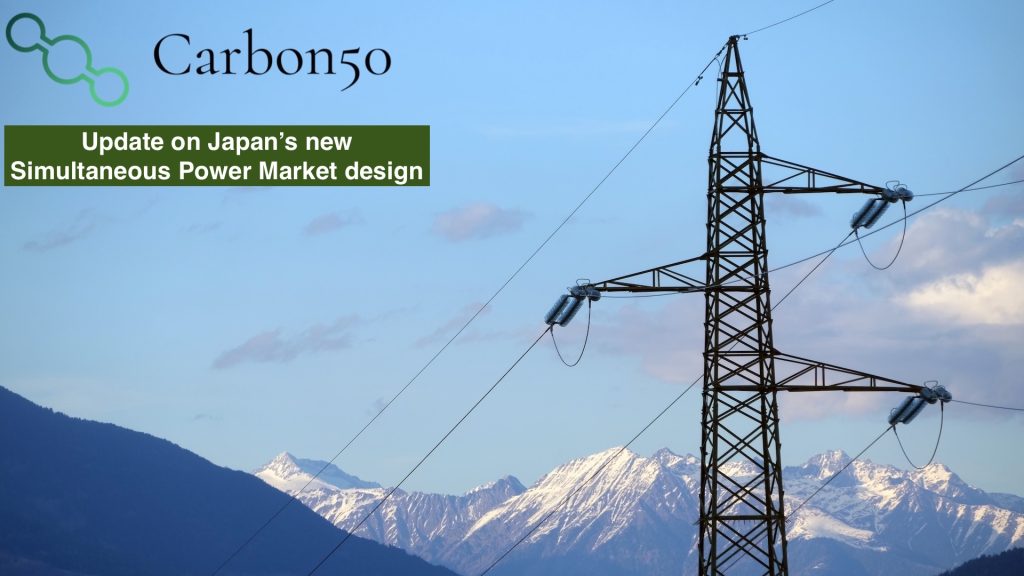METI has been discussing a merging of the JEPX and balancing markets for over a year. It has now released an interim report on the progress of these discussions.
The new simultaneous market would start in FY2028 and would enable the simultaneous trading of both reserve capacity (kW) and energy (kWh). Generators, retailers and grid operators would be expected to participate in this market with retailers and grid operators procuring kWh, while generators would be paid for both kW and kWh.
The simultaneous market design is strongly inspired by USA’s PJM market. Generators will bid based on their asset’s startup costs (JPY/startup), cost of staying online (JPY/hour) and marginal production curve (JPY/kWh).
After accounting for must-run generation and bilateral contracts, the remaining demand will be covered by running the bids on the previous day before delivery through a Security Constrained Unit Commitment algorithm to secure the capacity, followed by a “real time” Security-constrained economic dispatch algorithm to deliver the kWh. The day ahead, intraday and balancing markets would be fully replaced.
Ideally, the simultaneous market will result in meeting demand and ensuring grid security at a total cost and price volatility lower than the current system. METI expects the cost savings to be passed through to the consumers.
This new market design is still in its early phase and there are several important points that still need to be addressed:
- It is not clear how much freedom generators will have in setting their bids and if they will be allowed to set parameters far removed from their asset’s technical constraints
- The transparency of the SCUC and SCED is not a given, and the complexity and opacity of building the economic dispatch stack could hinder power trading operations
- Building on the 2 points above the market might be moving toward more centralization, giving the regulators more tools and power to ensure a stable power system but discouraging any long-term investment in physical assets that would have merchant exposure
- The apparent complexity of the new system casts some shadow on its planned implementation by FY2028
There are still many dark spots on the form that this major change in the power market will take. But, considering the potentially (large) increase in power demand and possible shortage of assets, it is very possible that we could move toward a more centralized market system built on the technical capacities of the assets. The lack of trading freedom and transparency would in turn likely encourage more bilateral over the counter contracts to be signed.
Source: METI

